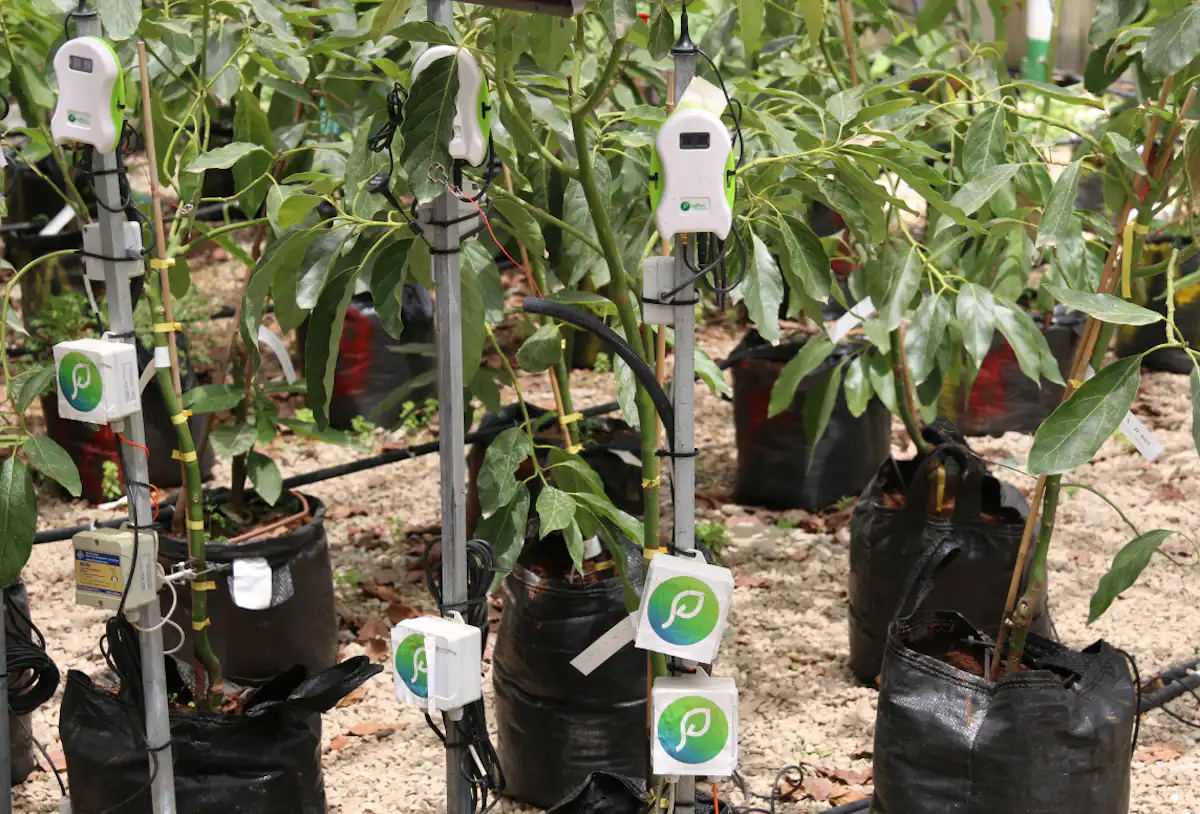Speaking at USDA’s virtual Agricultural Outlook Forum, USDA Chief Economist, Seth Meyer, provided a...
Why the Farm-to-Table Agriculture Model is Winning

The farm-to-table model of agriculture is inviting all kinds of technology into Agtech, according to The Tech Panda publication.
A lot of technology is entering the Agtech sector, and this doesn’t mean only seed analysis, soil scrutiny and crop scan. The entire ecosystem is involved right from the farmer who plants the crop to the consumer who finally consumes it.
Recently, John Deere declared it will begin commercial delivery this year of technology that lets a tractor till a field without an operator in the cab, a first for the top North American tractor manufacturer after years of effort to automate farm work.
This kind of progress occurs when the consumer demands better service and is willing to pay for it. The Tech Panda asked Agtech experts how farm-to-table agriculture has become more in demand now and how tech is helping. One response was that the drift towards a healthier lifestyle has made farm-to-table agriculture popular. The time for food products to reach the end consumer is dramatically decreased ensuring high quality fresh food, rich in nutrients. This also supports the local farming community and regional economies.
Editor’s Take:
The move to the farm-to-table model is rapidly gaining popularity. This article points to the role of technology in supporting and speeding that trend. No question that technology plays a significant role in creating a more sustainable product for consumers. In addition, farmers are proactively embracing the farm-to-table concept by creating shorter supply chains to deliver the freshest and most trusted food on the planet. By doing so, they also eliminate some of the middle handlers, thus, creating opportunities for greater profitability for their operations. In fact, CAD’s own Troy Hadrick is supplying high quality beef, raised on his ranch, directly to several local restaurants.








